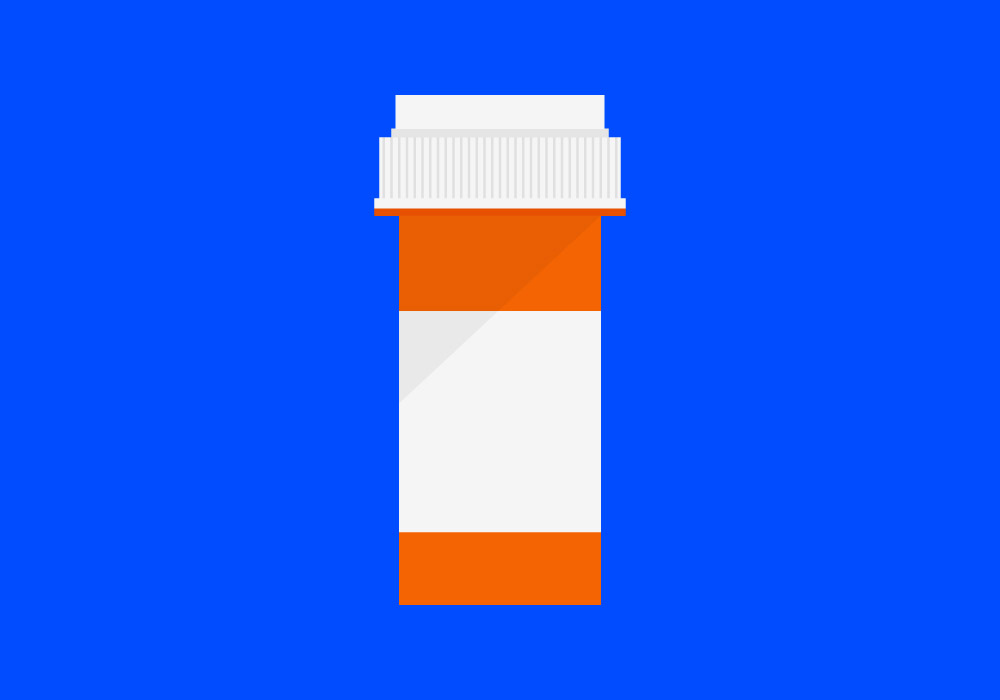
Health care spending in the U.S. is roughly twice that of other high-income nations — but all that extra money isn’t leading to better health, according to a new analysis published in JAMA.
A group of researchers compared data from the U.S. and 10 other high-income countries: the United Kingdom, Canada, Germany, Australia, Japan, Sweden, France, the Netherlands, Switzerland and Denmark. They found that spending in the U.S. far outpaces that in other nations. Health care accounts for almost 18% of the U.S.’s GDP, compared to 9.6% to 12.4% in the other developed countries, the paper says.
But, contrary to popular belief, the researchers did not find that people in the U.S. use the medical system significantly more often than those in other countries — nor did they find that the way Americans use the medical system accounts for the disconnect in spending. Underinvestment in social services didn’t appear to explain the difference, either.
Instead, high prices for labor and goods, including drugs, procedures and administrative services, seemed to be the major reasons, according to the analysis.
Prescription drug prices in the U.S., for example, were consistently higher than those in any of the other countries, sometimes commanding double the next-highest cost. Medical procedures were similarly overpriced in the U.S., and American medical professionals also make significantly more money than their peers in other countries, according to the paper.
Despite the money poured into the U.S. health care system, however, Americans aren’t healthier than people in other countries — just the opposite, in fact. The U.S. had the shortest life expectancy and highest infant mortality rate of any country included in the analysis, as well as the highest obesity rate. The U.S. also had the lowest health-adjusted life expectancy, or the average length of time a person lives in good health: 69 years, compared to a mean of 72 years in the other areas.
At roughly 10%, the U.S. also has the highest percentage of residents without coverage for basic health care services, even after accounting for insurance gains seen since the implementation of the Affordable Care Act.
The results suggest that people looking to lower U.S. health care spending should look beyond factors commonly blamed for the imbalance — such as utilization of the medical system — when searching for solutions, the researchers write in the paper.
“As patients, physicians, policy makers, and legislators actively debate the future of the US health system,” they write, “data such as these are needed to inform policy decisions.”
More Must-Reads from TIME
- Donald Trump Is TIME's 2024 Person of the Year
- Why We Chose Trump as Person of the Year
- Is Intermittent Fasting Good or Bad for You?
- The 100 Must-Read Books of 2024
- The 20 Best Christmas TV Episodes
- Column: If Optimism Feels Ridiculous Now, Try Hope
- The Future of Climate Action Is Trade Policy
- Merle Bombardieri Is Helping People Make the Baby Decision
Write to Jamie Ducharme at jamie.ducharme@time.com